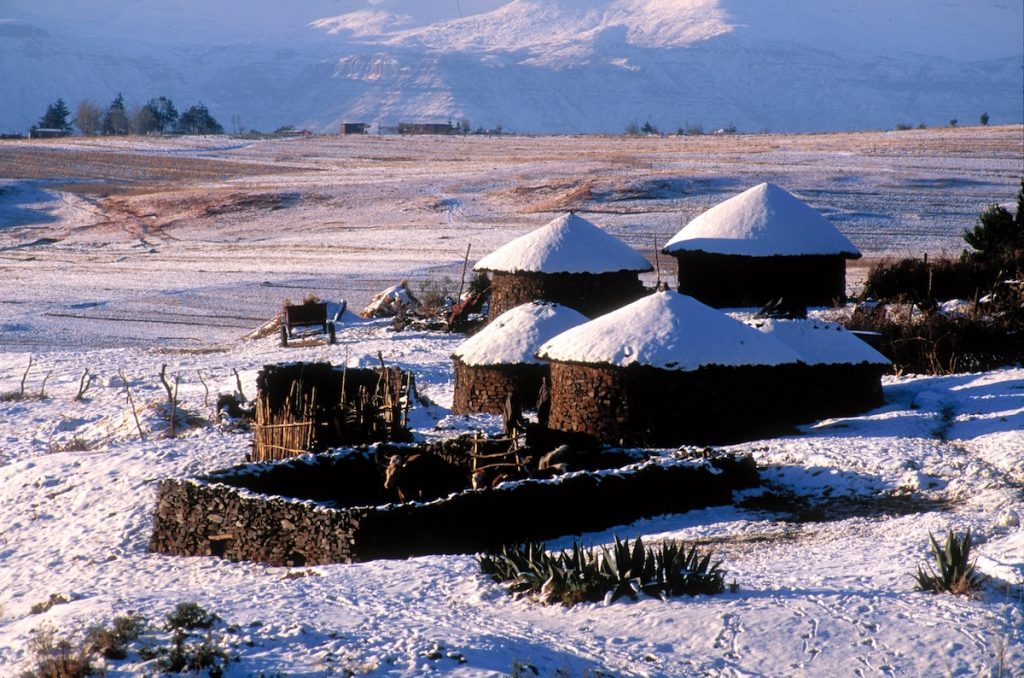Does it snow in Africa? It sounds like a reasonably innocent question to ask, considering that when you think of this vast, beautiful mainland, your mind immediately conjures up romantic thoughts about seeing the Big 5 on Safari, the Sahara Desert, a rich tapestry of cultures, and a whole lot of adventure travel—all under the blistering sun.
And as much as all of the above is a realistic fantasy of visiting this wonderful continent, it does have people wondering if snow falls in any of this gigantic part of the world at any time, in any place.
This article will delve deeply into the African climate and put to bed any doubts or wonders that you had about snowfall in Africa.
Does it Snow in Africa?
Does it snow in Africa? You bet it does! It may be rare, but it’s certainly not looked at as a winter destination and Africa is the hottest continent out of the seven, but there are some rare exceptions and some African countries do get snow falling in parts of their nations.
Most of the snowfall in Africa takes place in the Southern Hemisphere due to more seasonal variation and latitude (Southern Africa is closer to Antarctica).
Another strong factor, which affects snowfalls in Africa is parts of African countries that have high altitudes, some of these regions are in the northern hemisphere.
9 African Countries Where Snow Falls
We will stop teasing you now and get into it. Here are the 9 African countries where snow falls, what part of the country receives snowfall and when it snows in each country.
1. South Africa
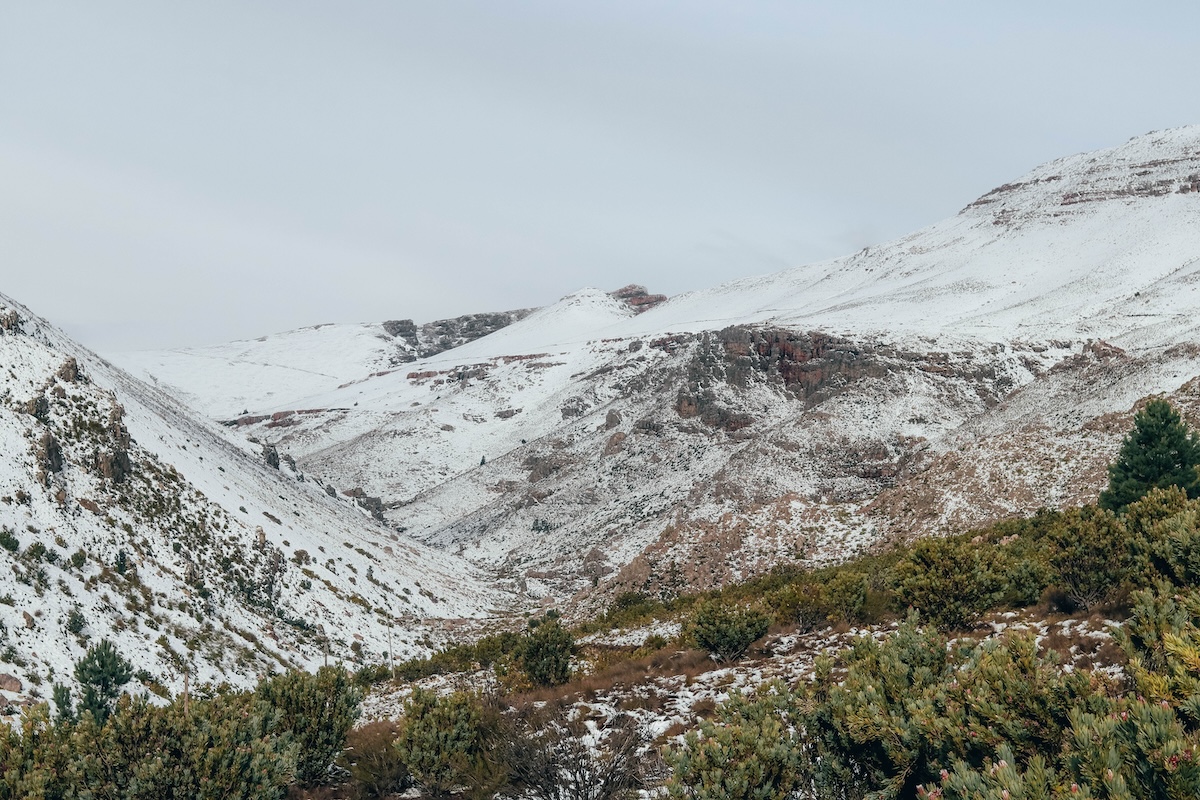
South Africa, a land known for contrasts with its sunny beaches and rich biodiversity, also presents a surprising wintry aspect in certain areas.
This diverse climate, ranging from the mild Mediterranean in the Cape to the subtropical in the northeast, transforms notably in the higher elevations.
In places like Johannesburg, winter temperatures can drop to around 4°C (39°F), while Cape Town experiences milder winters with temperatures around 7°C (45°F) to 20°C (68°F). However, sheets of snow are expected in the country’s majestic mountains.
When Does it Snow in South Africa?
Snow in South Africa is primarily a winter event, occurring from June to August. During this period, temperatures in high-altitude areas can drastically drop, sometimes even below freezing.
While snowfall isn’t widespread and is often light, it can occur unexpectedly, sometimes reaching regions like the Western Cape. Johannesburg, despite its cold winters, rarely sees snow, but temperatures there can fall to as low as 4°C (39°F) during winter nights.
Where Does it Snow in South Africa?
The Drakensberg Mountains are the most prominent snowfall locations in South Africa, experiencing significant snow during winter with temperatures often plummeting below 0°C (32°F).
These mountains provide a stunning backdrop to the eastern part of the country, only adding to the diverse aesthetics of South Africa.
The Sneeuberg range in the Eastern Cape and the areas surrounding Lesotho also receive snow. In the Western Cape, higher elevations like the Cederberg and Matroosberg can witness snow with winter temperatures ranging between 7°C (45°F) and 20°C (68°F).
2. Lesotho
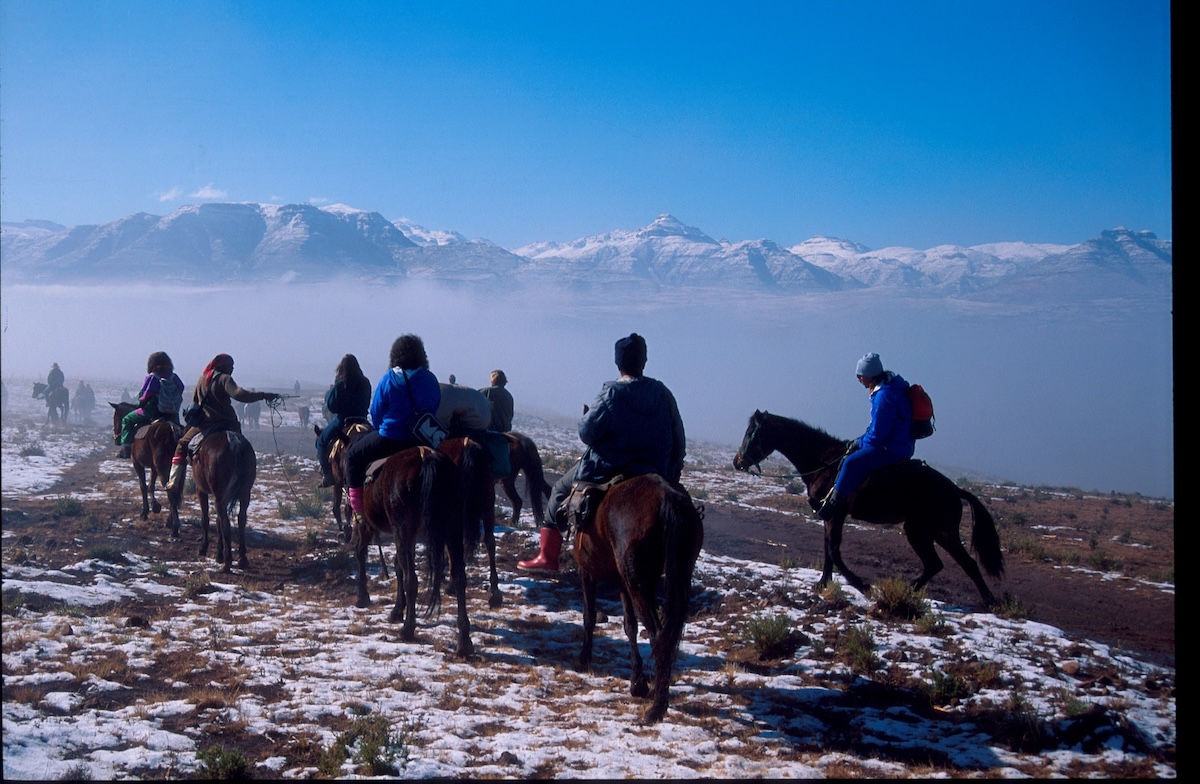
The next African country that receives snowfall is South Africa’s neighbour, Lesotho; a fascinatingly unique high-altitude kingdom, that is known as an enclave, because it is a country within a country!
Surrounded by South Africa, is renowned for its mountainous terrain and unique cultural heritage. Lesotho is also rare in that it is the only country in the world that lies entirely above 1,000 meters (3,280 feet) in elevation.
Among the countries discussed, the one that experiences the coldest temperatures is likely Lesotho due to its high altitude and it also has the most frequent snowfall.
The country’s previously-mentioned high elevation creates a cooler climate compared to its neighboring regions. Maseru, the capital, experiences winter temperatures ranging from around 7°C (28°F) to 15°C (59°F), but it’s in the higher mountains where the temperatures can drop even further, bringing frequent snow.
When Does it Snow in Lesotho?
Snowfall in Lesotho is most common during the winter months of May to September. During this period, temperatures in the highlands frequently fall below freezing.
The country’s high-altitude peaks, in particular, can experience heavy snowfall, with temperatures plunging to as low as -7°C (19°F) in the coldest months. These snowy conditions offer a stark contrast to the warmer, semi-arid climate experienced in lower elevations and in surrounding South African territories.
Where Does it Snow in Lesotho?
The most notable area for snow in Lesotho is the Maloti Mountains. This region not only receives the most consistent snowfall in the country but also in southern Africa.
Afriski Mountain Resort, located in these mountains, is one of the only ski resorts on the continent, taking advantage of the winter temperatures that often dip below -5°C (23°F). The higher peaks and plateaus in these mountains transform into a winter landscape, with snow depths that can reach several feet during the peak of the winter season.
3. Morocco
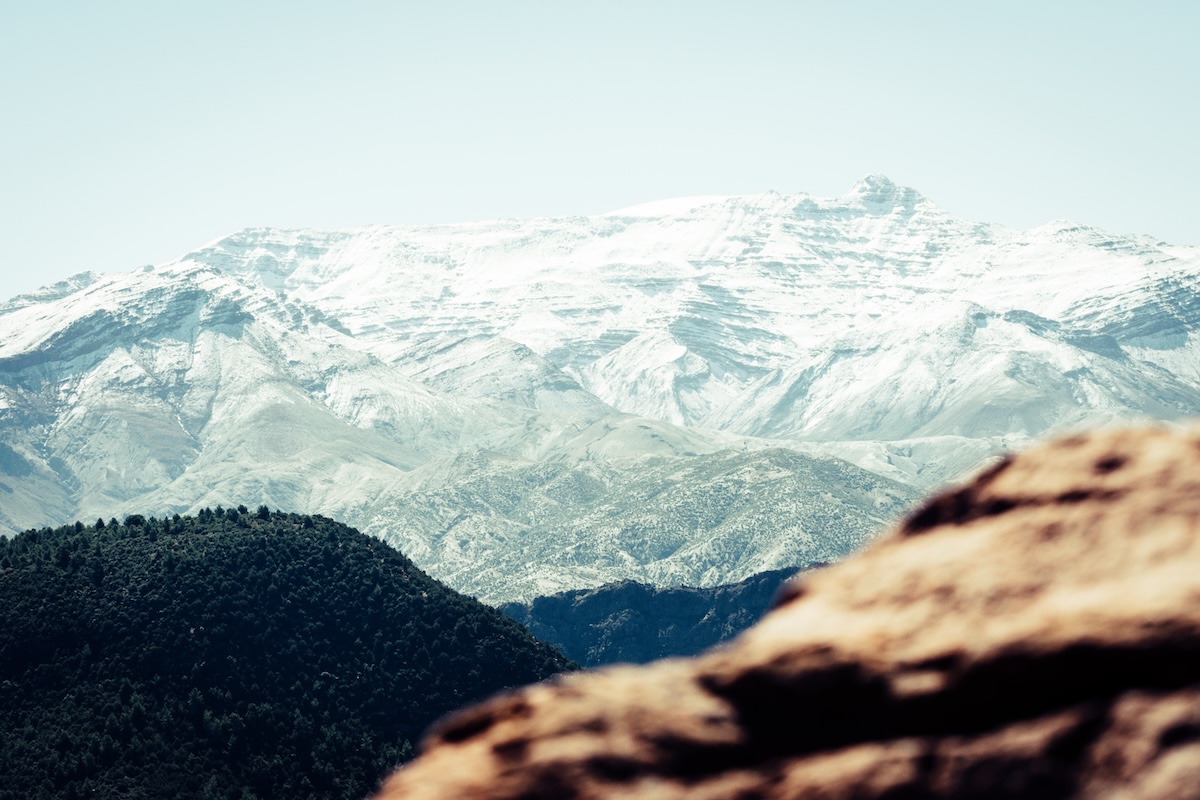
Morocco, a country where the warmth of the Sahara Desert meets the cool breezes of the Atlantic and the Mediterranean, also boasts the majestic Atlas Mountains.
This diverse landscape offers a range of climates, from the hot and arid desert to the snowy mountain peaks.
Cities like Marrakech experience mild winters with daytime temperatures around 18°C (64°F), but the Atlas Mountains present a starkly different winter scenario.
When Does it Snow in Morocco?
Snowfall in Morocco occurs mainly in the winter months, from December to February. During this period, the high-altitude areas see temperatures dropping significantly, often falling below 0°C (32°F).
This drop in temperature brings with it the possibility of substantial snowfall, particularly in the higher elevations.
Where Does it Snow in Morocco?
The Atlas Mountains are the primary snowfall region in Morocco. The High Atlas, especially around the Toubkal National Park, home to Mount Toubkal, the highest peak in North Africa, often sees snow.
Temperatures in these higher elevations can plunge well below freezing, creating perfect conditions for snow. The ski resort of Oukaimeden, located in the High Atlas, is a popular destination for winter sports enthusiasts, leveraging the colder temperatures and frequent snow cover.
The Middle Atlas and Rif Mountains also receive snow, albeit less consistently.
Related Post: 21 Famous Landmarks in Morocco (& How To See Them!)
4. Algeria
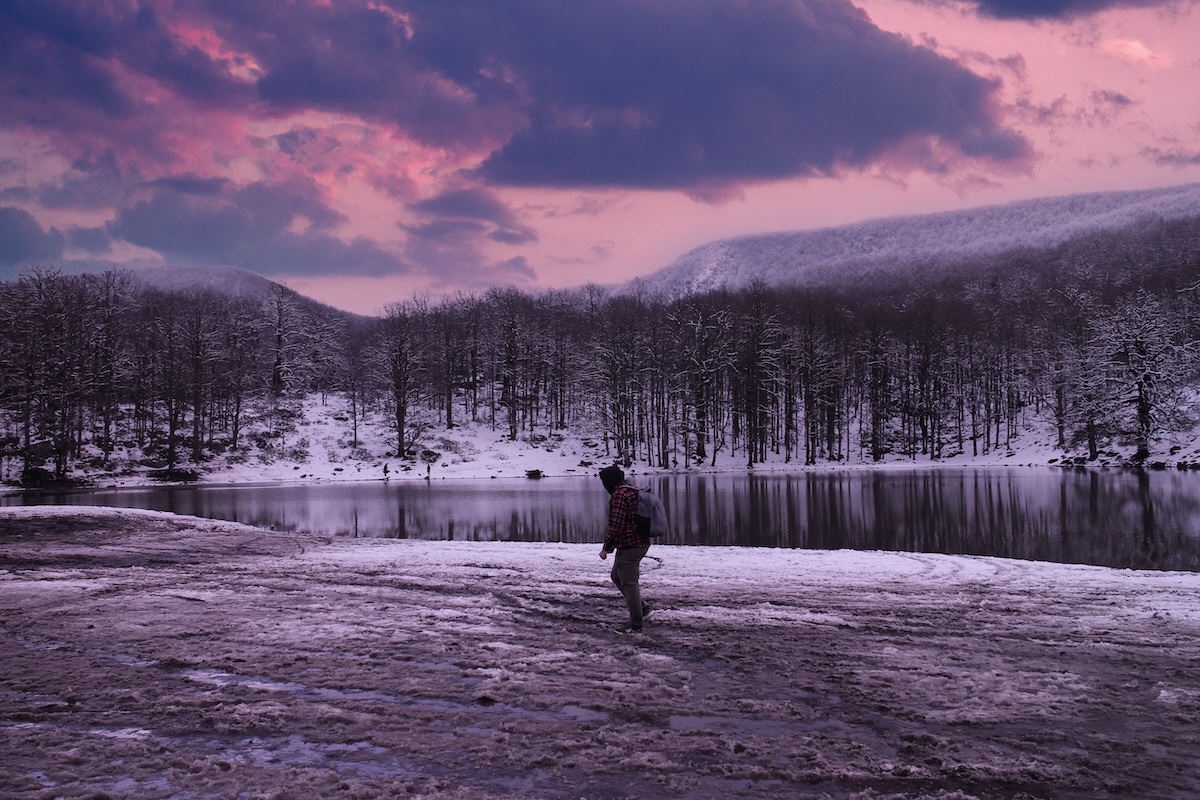
Algeria, known for its vast Sahara Desert, also features a vastly different climate in its northern regions. The Tell Atlas and the Aurès Mountains present a striking contrast to the arid desert landscapes.
Cities like Algiers on the coast have mild winters with temperatures ranging from 5°C (41°F) to 15°C (59°F), but the mountainous areas experience a colder, more variable climate.
When Does it Snow in Algeria?
In Algeria, snow primarily occurs in mountainous regions during the winter from December to March.
The temperatures in these high-altitude areas often drop below freezing during the winter months, creating favorable conditions for snowfall, especially in the previously mentioned Aurès and the Tell Atlas ranges.
Where Does it Snow in Algeria?
The most prominent areas for snowfall in Algeria are the Tell Atlas and the Aurès Mountains. These ranges, particularly the higher peaks, experience colder temperatures, often falling below 0°C (32°F), and receive significant snowfall.
The ski resort of Chréa, one of the few in Africa, is located in the Blida Province in the Tell Atlas. It capitalizes on this snowy weather and offers winter sports opportunities.
Snow in these regions can be substantial, transforming the landscape into scenic winter scenes quite different from the stereotypical image of Algeria’s deserts.
5. Tunisia
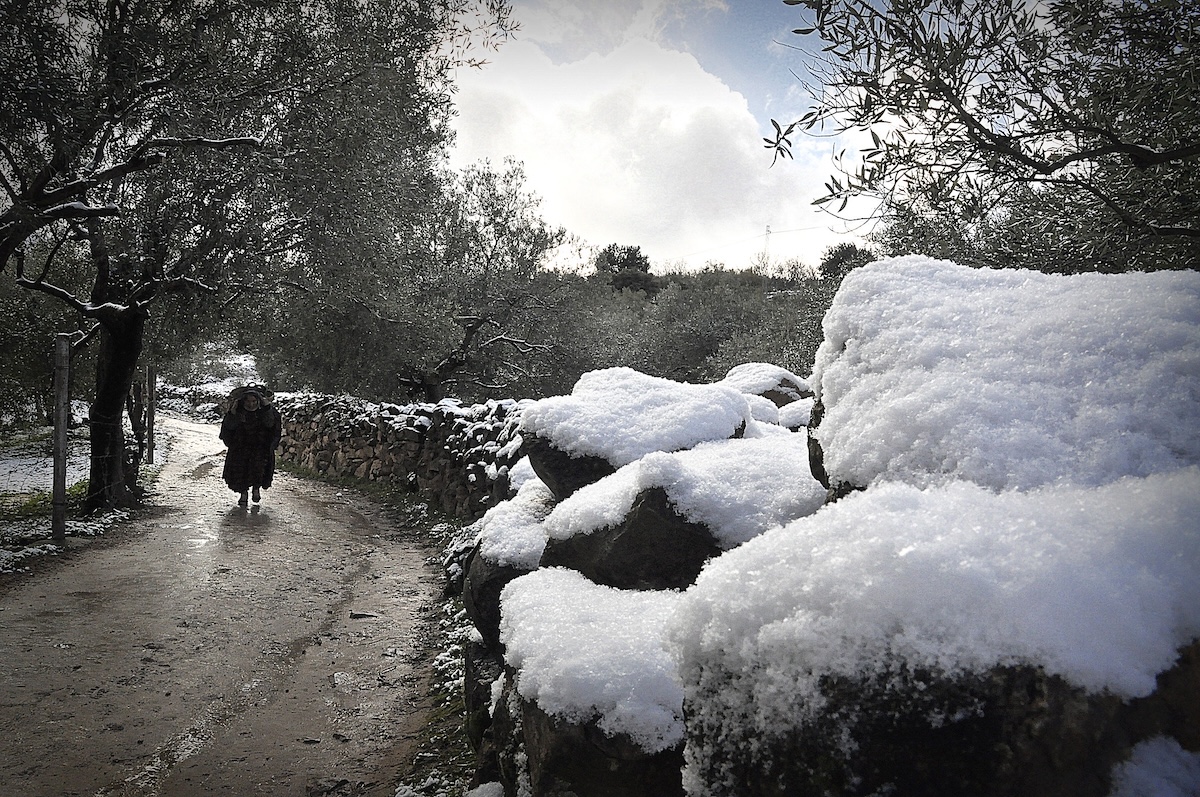
Tunisia, a well-known tourist haven predominantly known for its Mediterranean beaches, harissa sauce and historical ruins, also possesses a lesser-known side of diverse climate and geography.
While coastal areas like Tunis enjoy mild winters with temperatures ranging from 8°C (46°F) to 16°C (61°F), the country’s northwestern mountainous regions can experience a different winter scenario.
When Does it Snow in Tunisia?
Snow in Tunisia is a rare but possible event during the winter months, particularly from December to February. In the northwestern mountain ranges, temperatures can drop to near or below freezing, allowing for occasional snowfall.
These instances, while not annual, can bring a surprising wintry touch to the otherwise moderate Tunisian climate.
Where Does it Snow in Tunisia?
The most likely places to experience snowfall in Tunisia are the northwestern mountains, such as the areas around Ain Draham. Situated in the Kroumirie mountains close to the Algerian border, Ain Draham and its surrounding highlands can witness snow, particularly during the colder spells in winter.
Although the snowfall is generally not heavy and doesn’t last long, it can occasionally blanket the landscape in a thin layer of white, contrasting sharply with the more familiar Tunisian vistas of olive groves, pretty orange trees and beaches.
6. Ethiopia
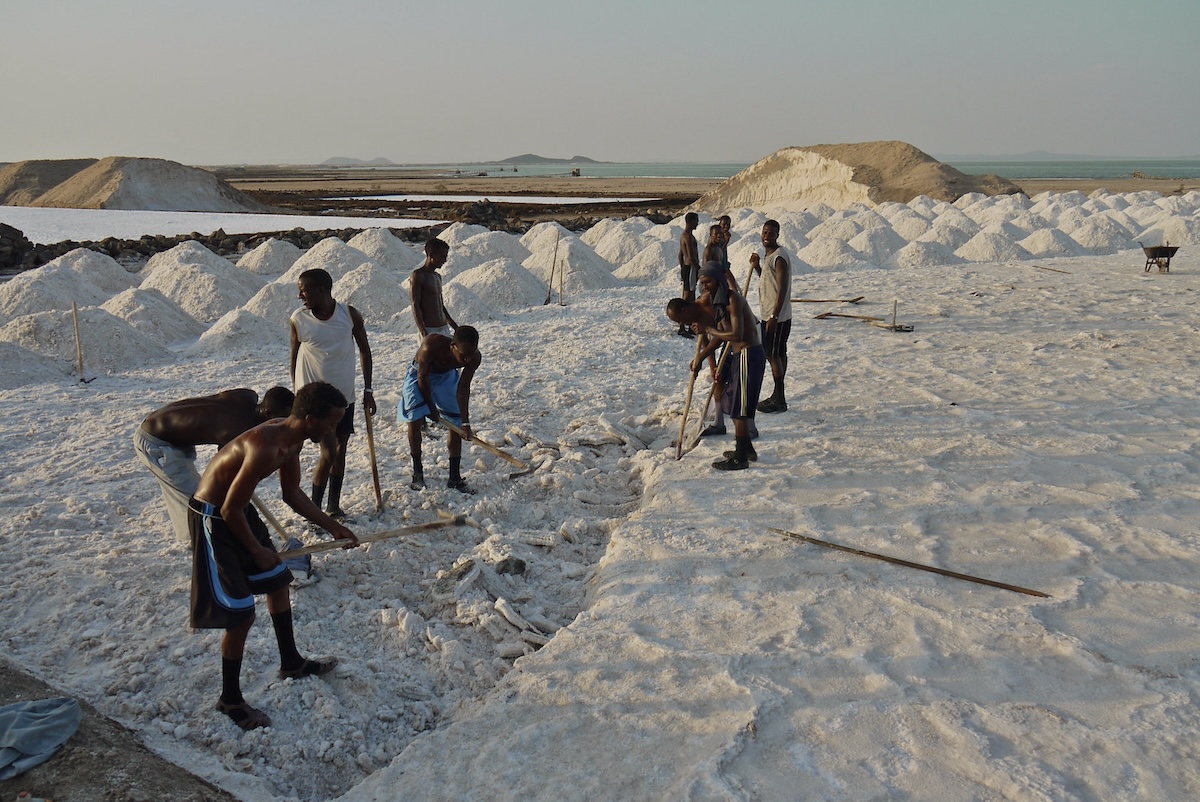
Ethiopia, a land of ancient history, phenomenal distance runners and diverse landscapes, is also home to some of the highest mountains in Africa.
While much of the country enjoys a temperate climate due to its high elevation, regions like Addis Ababa experience mild temperatures ranging from 7°C (45°F) to 20°C (68°F). It’s in the rugged highlands, however, where temperatures can dip lower, setting the stage for occasional snow
When Does it Snow in Ethiopia?
Snow in Ethiopia is rare and typically confined to the highest peaks in the country. The Simien Mountains and the Bale Mountains, both of which reach elevations above 4,000 meters (13,123 feet), are the most likely places to experience snowfall.
The occurrence is sporadic and more probable during the coldest months of the year, which are November to February in Ethiopia’s case.
Where Does it Snow in Ethiopia?
The Simien Mountains, a UNESCO World Heritage site, and the Bale Mountains National Park are the primary regions for snow in Ethiopia. These areas, especially the higher peaks like Ras Dashen in the Simien Mountains, the highest point in Ethiopia, can experience occasional snowfall.
Temperatures in these elevated regions can drop significantly, often nearing or going below freezing, thereby allowing for the rare snowfall. This snow, while not lasting long, adds a dramatic touch to the already stunning Ethiopian highland landscapes
7. Kenya
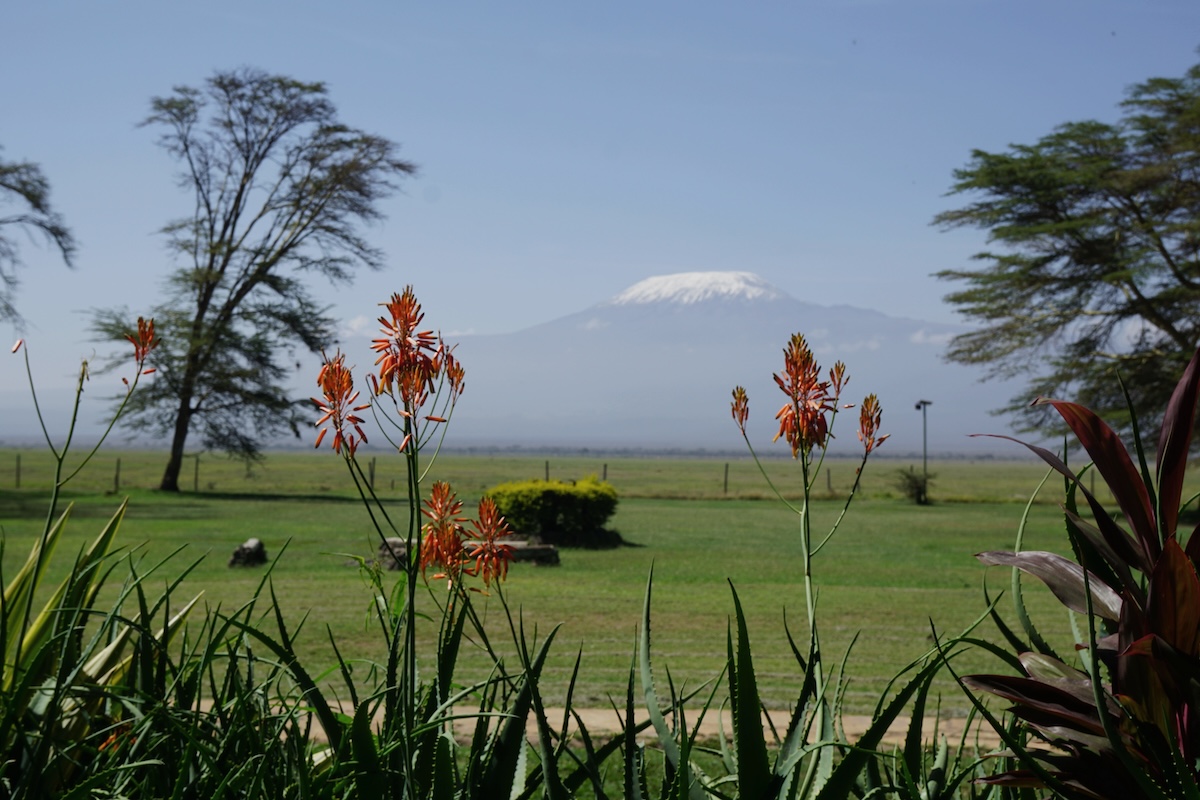
Kenya, a country almost completely synonymous with savannahs teeming with wildlife, warm tropical beaches and a plethora of Olympic medals in athletics also hosts a majestic mountain towering over 5000 metres.
While the majority of the country experiences a warm climate, Nairobi, the capital, has moderate temperatures ranging from 10°C (50°F) to 26°C (79°F) due to its elevation.
Unsurprisingly, it’s the country’s highest peak that showcases a drastically different climatic zone.
When Does it Snow in Kenya?
Snowfall in Kenya is an exclusive phenomenon to Mount Kenya, the second highest peak in Africa.
The mountain’s higher altitudes experience perennial snow, with the most substantial snowfall occurring during the colder months, typically July and August. While these are not traditional winter months globally, they represent the cooler season in Kenya due to its equatorial location
Where Does it Snow in Kenya?
Mount Kenya, rising to 5,199 meters (17,057 feet), is the primary, and essentially the only, location in Kenya where snow is found. The mountain’s peak is crowned with glaciers and snowfields year-round.
Temperatures at these high altitudes can plummet well below freezing, maintaining the snow and ice even in a country largely characterized by its warm climate. This unique feature makes Mount Kenya not only a symbol of national pride but also a fascinating study of climatic contrasts
8. Tanzania
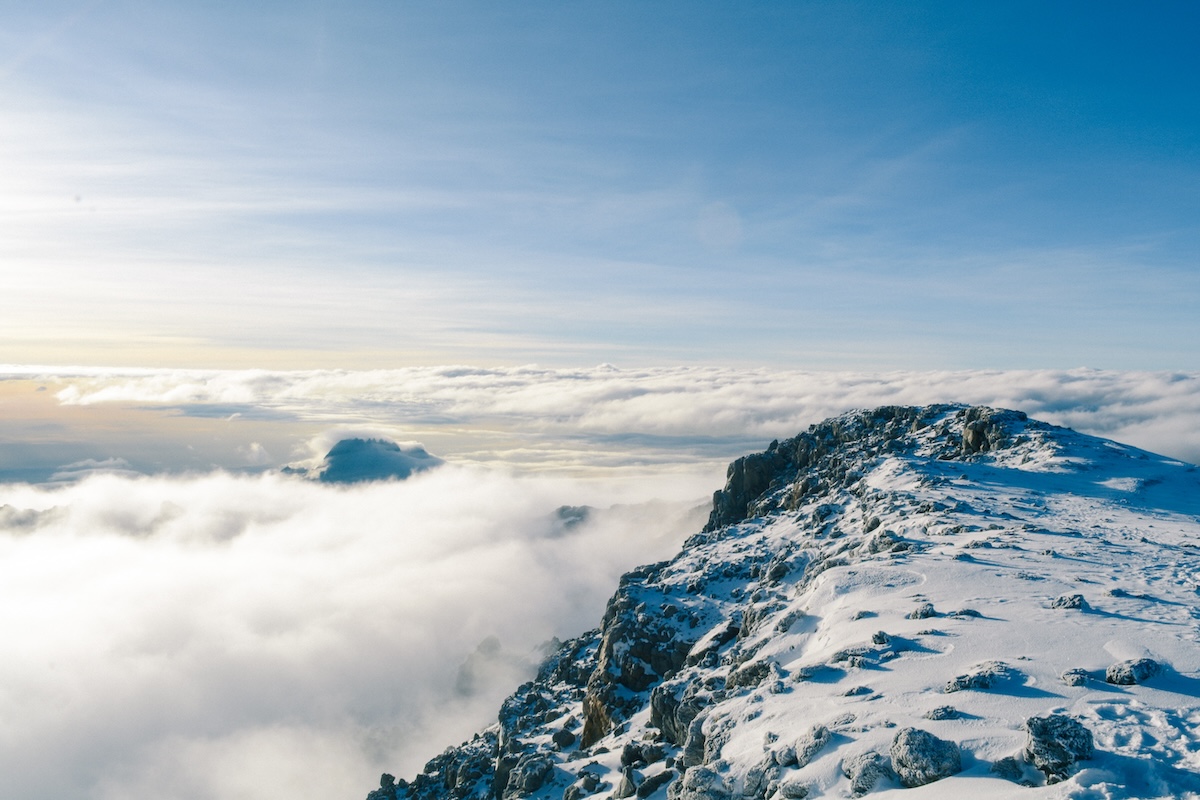
Tanzania, known for its vast savannahs and the iconic Serengeti National Park, is also home to Mount Kilimanjaro, the highest peak in the whole of Africa.
While regions like Dar es Salaam experience warm temperatures year-round, ranging from 25°C (77°F) to 31°C (88°F), the climate of Mount Kilimanjaro is dramatically different.
When Does it Snow in Tanzania?
Snowfall in Tanzania is almost exclusively associated with Mount Kilimanjaro. The mountain experiences snow mostly during its two wet seasons: from March to May and from November to December.
Despite being near the equator, the high altitude of Kilimanjaro, rising to 5,895 meters (19,341 feet), allows for colder temperatures and snow, especially near the summit.
Where Does it Snow in Tanzania?
Mount Kilimanjaro is the prime location for snow in Tanzania. Its summit, Uhuru Peak, and surrounding areas are often covered with snow and glaciers.
While the lower slopes of Kilimanjaro are lush and green, the upper reaches of the mountain, especially above 4,000 meters (13,123 feet), experience much colder temperatures, often dropping below freezing. This contrast creates a unique and diverse ecological system, with snow-capped peaks towering over tropical African landscapes.
9. Uganda
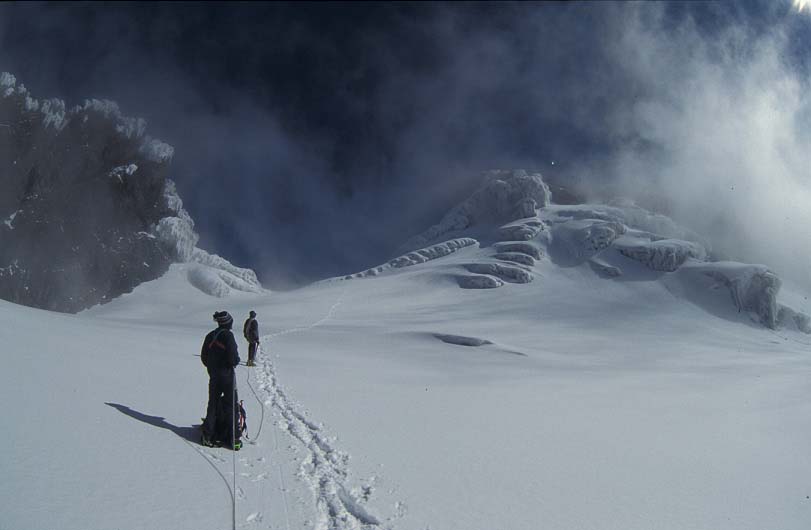
Uganda, famously known as the ‘Pearl of Africa’, is celebrated for its lush rainforests, diverse wildlife, and the source of the Nile River.
While much of the country enjoys a tropical climate, with Kampala experiencing temperatures ranging from 17°C (63°F) to 29°C (84°F), it’s the Rwenzori Mountains that offer a completely different climatic experience.
Where Does it Snow in Uganda?
As is the theme of the snowfalling African nations in this article snowfall in Uganda occurs exclusively in the high peaks, Uganda’s being the Rwenzori Mountains, also known as the ‘Mountains of the Moon.’ These mountains are unique in that they have glaciers and snow-capped peaks, despite lying just north of the equator.
The snowfall and glaciation are most significant during the wetter months, particularly from March to May and from September to November.
Where Does it Snow in Uganda?
The Rwenzori Mountains, bordering the Democratic Republic of Congo, are the only place in Uganda where snow is found.
The highest peaks of these mountains, like Mount Stanley, Mount Speke, and Mount Baker, all feature permanent snow and glaciers. The temperatures in these high-altitude zones, reaching over 4,000 meters (13,123 feet), can plummet to below freezing, sustaining the snow and ice caps.
This unique phenomenon makes the Rwenzoris a fascinating destination for trekkers and nature lovers, offering a rare glimpse of snow in a predominantly tropical region
Does it Snow in Africa During Christmas Time?
Does it snow in Africa during Christmas time? Yes, it does, Bono lied to you.
The iconic frontman of the Irish band U2 possibly helped give birth to this myth with his lyric; “and they won’t be snow in Africa this Christmas time,” in the 1984 hit for Band Aid by the name of “Do They Know it’s Christmas?”
Not to mention that most Christian Africans were probably left scratching their head at this question regarding knowledge of the Yuletide event considering that Christianity is the main religion in the African continent.
Related content:
Semantics aside (the song did have good intentions), it does snow in Africa during Christmas time in all of the above-mentioned countries except Tunisia.
Tunisia does have high-altitude areas, but they are generally not as high as the Atlas Mountains found in Algeria and Morocco.
The highest point in Tunisia is Jebel ech Chambi, which reaches an elevation of 1,544 meters (5,066 feet). While this is significant, it’s lower compared to the peaks in the Atlas Mountains of Morocco and Algeria, which can exceed 4,000 meters (13,123 feet).
Are There Any Snowy Festivals in Africa?
The good news for travelers who love the snow is there is that one of the amazing things to do in Lesotho is to attend the only official snowy festival in Africa. Afriski Mountain Resort in Lesotho hosts an annual music festival known as the “Winterfest.”
This event combines skiing and snowboarding with live music performances, making it a unique blend of winter sports and entertainment. It’s one of the few events of its kind in Africa, attracting visitors not just for the winter sports but also for the lively musical acts and festive atmosphere.
The Afriski Winterfest typically features a variety of artists and genres, and it’s become a popular event for both locals and tourists seeking a different kind of winter experience in Africa. It’s an example of how some regions with snow in Africa have created events that celebrate their unique climate and landscape
Snow in Africa: A Conclusion
Africa is an enormous continent, it is in reality much larger in real life than it seems on the commonly used Mercator map, straddling both sides of the equator in all of its glory.
Bearing this in mind it makes sense that countries in Southern Africa that are closer to Antarctica are the rare exception of African countries that receive snowfall. The other factor is high altitude; where there is high altitude there is always a higher chance of snow and cold temperatures.
Now you’re all clued up; next time someone asks, does it snow in Africa, you can be a smartypant and answer “yes,” along with the countries where the snow falls and the areas. If that one ever comes up, you will be a true weapon at a pub quiz!
Featured Image Source: Flickr

